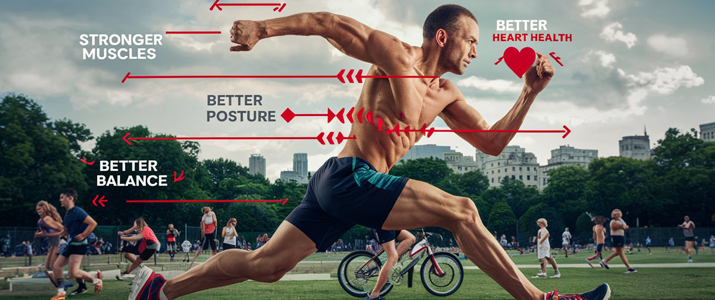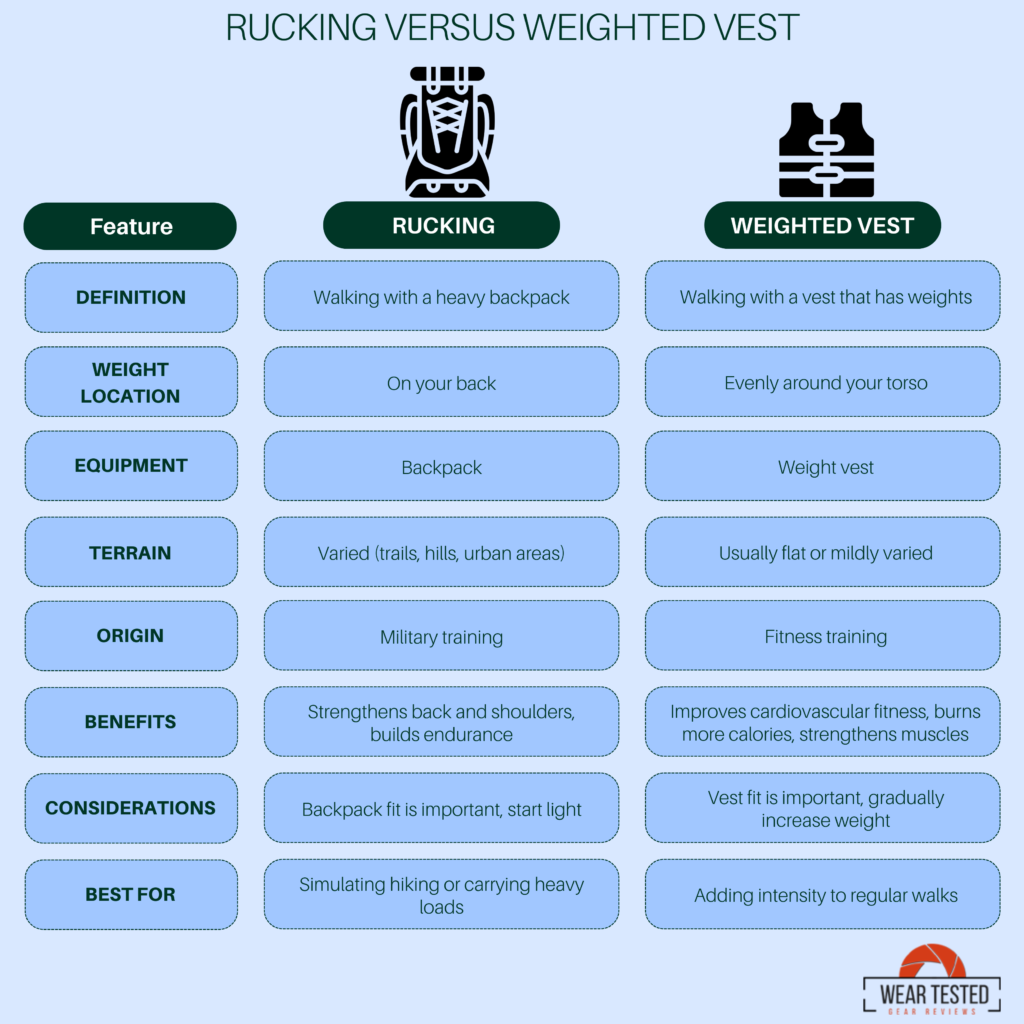Continuing with the inspiration from the latest CNN article, “I have a family history of Alzheimer’s disease. I wanted to understand my own risk“ that we posted last week, ‘The Secret to Optimum Performance‘, Dr. Richard Isaacson who performed the neurology assessment on Dr. Sanjay Gupta dropped a great tidbit that stuck with me.
Richard also wanted to address an activity I did on a daily basis: my neighborhood walk with my three dogs. “Keep doing that,” he said, “but now with a weighted vest.” Why? Not having enough lean muscle mass is problematic. He told me people typically do a good job addressing their arms and legs, but loading the spine with additional weight helps activate core muscles, such as abdominals and obliques, as well as stimulating the growth of new bone cells. This could lead to a critical redistribution of the fat, muscle and bone in my body and help drive down any insulin resistance that I may be genetically predisposed to and eventually lower my risk of developing amyloid in the brain.
Benefits of Walking with a Weighted Vest
- Burns More Calories: The extra weight makes your body work harder, so you burn more calories.
- Better Heart Health: Your heart pumps faster with the extra effort, which is good for cardiovascular fitness.
- Stronger Muscles: Your muscles, especially in your legs, back, and core, get stronger because they are working harder to carry the extra weight.
- Stronger Bones: Walking with extra weight helps make your bones stronger, which is good for preventing bone problems.
- Improves Balance: The added weight can help improve your balance over time because your body has to adjust to carrying it.
- Increases Metabolism: The extra effort boosts your metabolism, helping you manage your weight better.
- Better Posture: Wearing a weight vest can help improve your posture as your body works to stay upright and balanced.
Weight Vest versus Rucking
I was trying out rucking and it turns out a weighted vest was better for me personally or anyone older than 50 or 60 years old….
Choose either a weighted vest or go with rucking for you young ones.
Safety Tips
- Start Light: Begin with a light weight and gradually increase it as you get stronger.
- Ensure a Good Fit: Make sure the vest fits well to avoid discomfort or injury.
- Pay Attention to Your Body: If you feel pain or discomfort, reduce the weight or stop using the vest.


